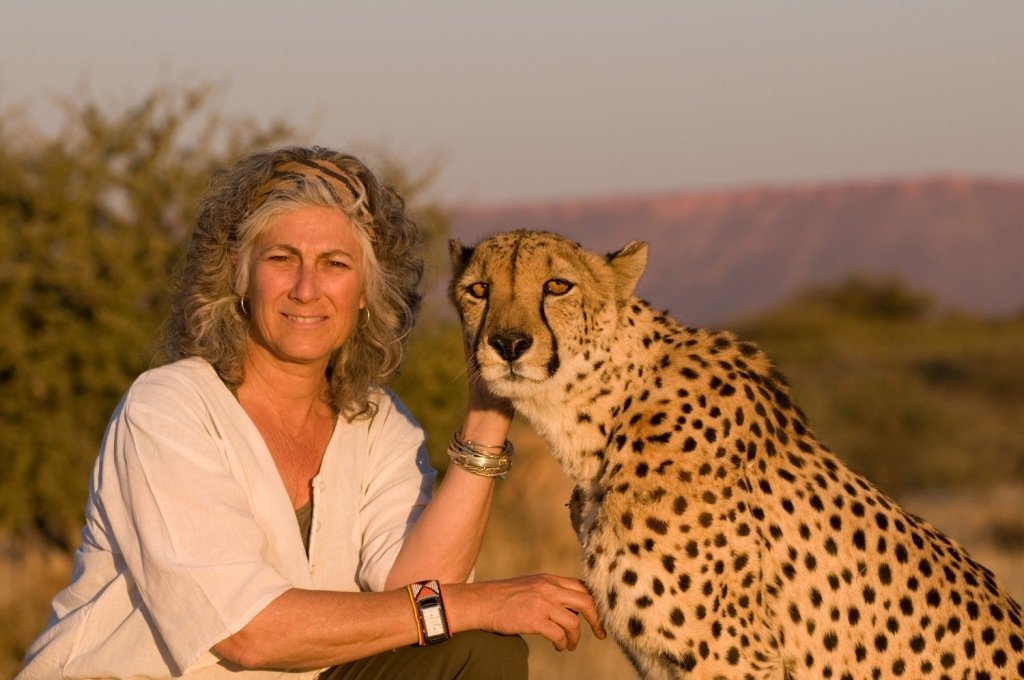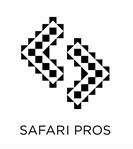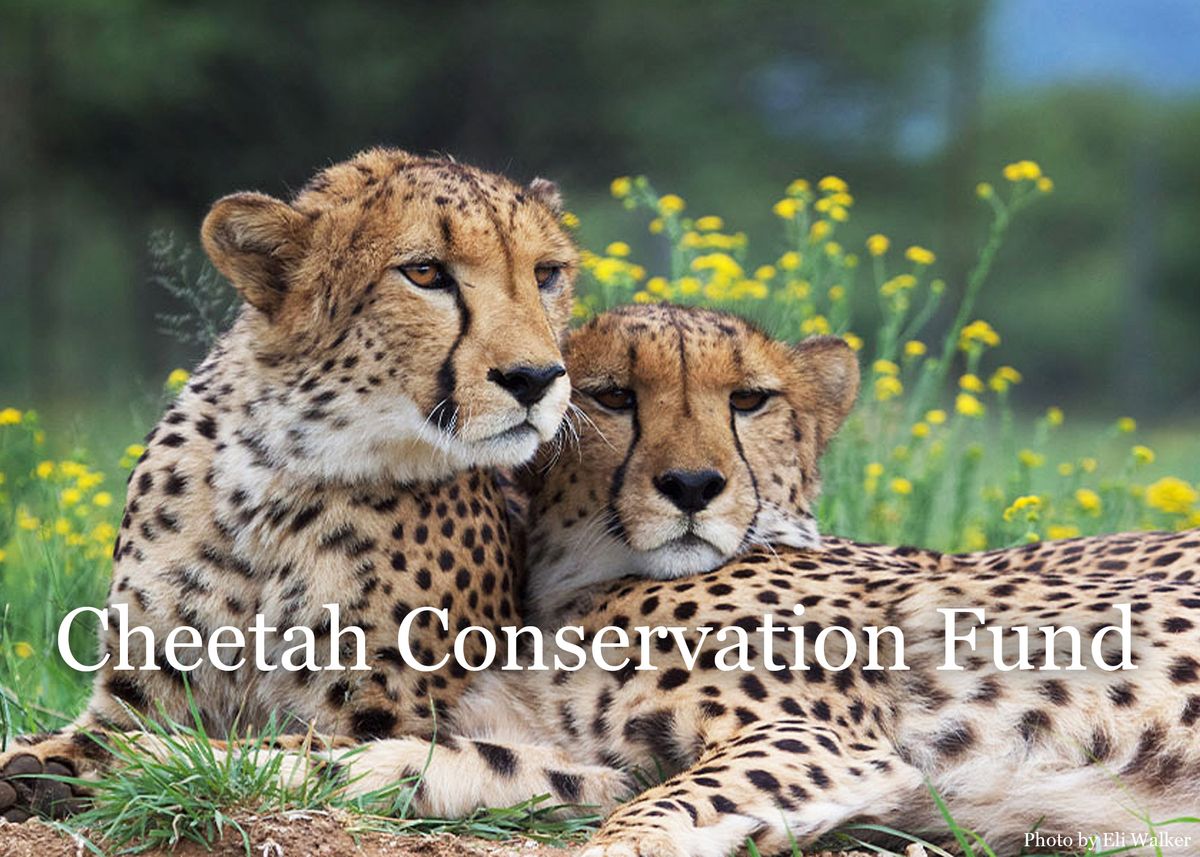
Projects we love: Cheetah Conservation Fund

Founded in Namibia in 1990, Cheetah Conservation Fund (CCF) is dedicated to saving the cheetah in the wild. CCF’s mission is to be the internationally recognized center of excellence in the conservation of cheetahs and their ecosystems. CCF will work with all stakeholders to develop best practices in research, education, and land use to benefit all species, including people.
CCF’s vision is to see a world in which cheetahs live and flourish in coexistence with people within a sustainable system that is protective of the environment, socially responsible, and economically viable.
Their holistic conservation strategy is the key to success in saving the cheetah and its ecosystem. CCF works to develop best practices that benefit the entire ecosystem upon which the cheetah depends. CCF’s programs address the concerns for wildlife populations and the human communities that share the landscape.
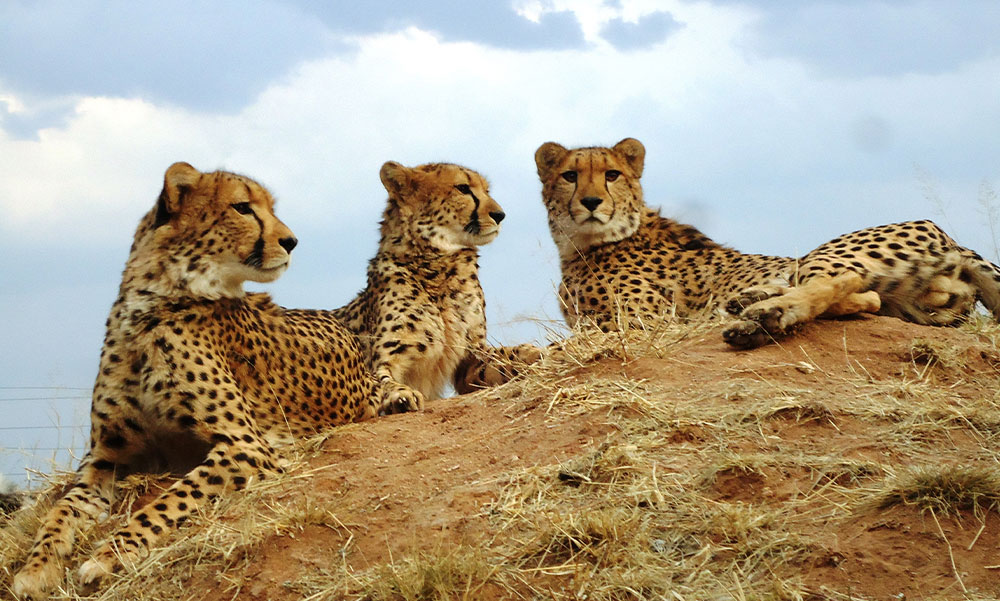
Livestock Guarding Dogs
CCF’s Livestock Guarding Dog (LGD) program is proven to reduce livestock losses to predators. According to multiple long-term scientific studies, farmers with an LGD are less likely to trap or shoot cheetahs. LGDs are a major part of CCF’s holistic conservation strategy. CCF breeds Anatolian shepherd and Kangal dogs to become LGDs. Now, and for thousands of years, the breed is used to guard small livestock against wolves and bears in Turkey. LGDs are placed with Namibian farmers as puppies. The puppies bond with the herd or flock. As they grow up, their size and loud bark help to scare predators away.
Conservancies
CCF breeds Anatolian shepherd and Kangal dogs to become LGDs. Now, and for thousands of years, the breed is used to guard small livestock against wolves and bears in Turkey. LGDs are placed with Namibian farmers as puppies. The puppies bond with the herd or flock. As they grow up, their size and loud bark help to scare predators away.
In Namibia, areas governed by conservancies are more resistant to poachers. The Greater Waterberg Landscape is the conservancy and economic development area in which CCF participates. CCF works with communal farmers and people living around the Waterberg plateau as part of our holistic conservation strategy.
Biomass Technology Development and Bushblok
In 2001, the Cheetah Conservation Fund (CCF) and the United States Agency for International Development (USAID) collaborated to find a habitat improvement program that would be good for both the ecology and the economy.
CCF is working on a long-term research and development project to restore habitat while developing a renewable fuel source. Overgrown thorn bush is harvested and made into high-heat, low-emission, fuel logs for consumer use. As part of CCF’s programs, CCF Bush (PTY) Ltd. leads our Bushblok program. As the Bushblok program grows, CCF creates new biomass energy potential. As of 2017, CCF operates a biomass technology research and education program at the Biomass Technology Demonstration Centre.
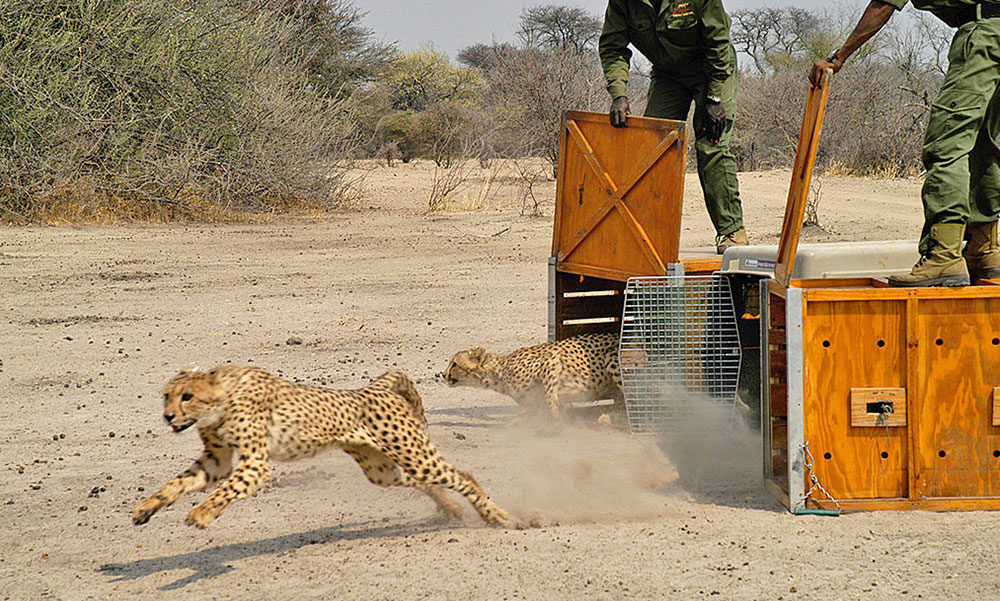
Livelihood Development
The key to securing a future for the cheetah, is to secure the livelihoods of the people who share its habitat. Through livelihood development, CCF assists the communities living in cheetah-country. People learn the skills to expand their income at our Model Farm. CCF helps local artisans by promoting their jewelry craft and cultural art pieces in our on-site gift shop.
The Dancing Goat Creamery creates and sells dairy products made from CCF’s goat milk. The Creamery serves as an example for small stock farmers. Farmers learn how to expand their income by creating new and marketable products. CCF produces honey at our apiary and grows grapes for wine making. CCF continues to develop new ways for communal farmers to boost their income.
